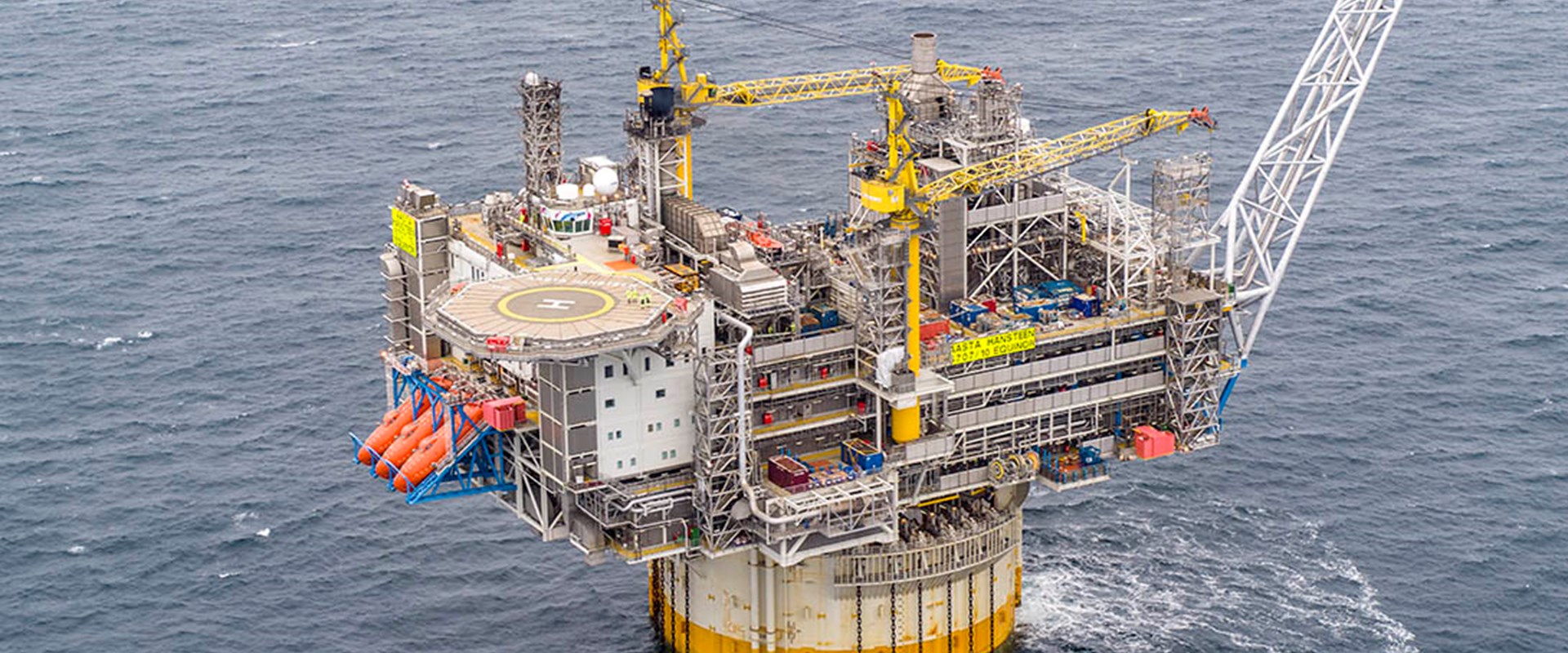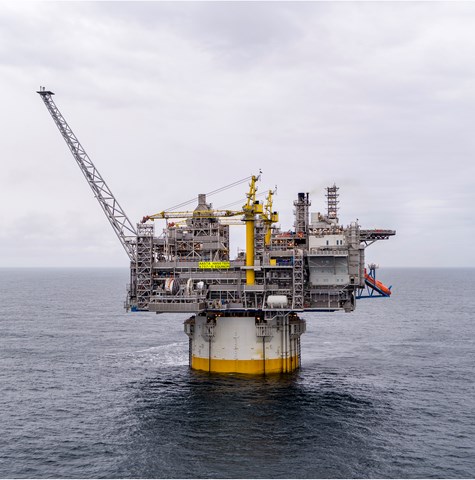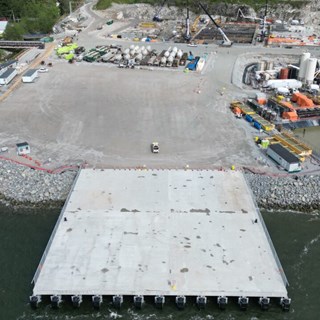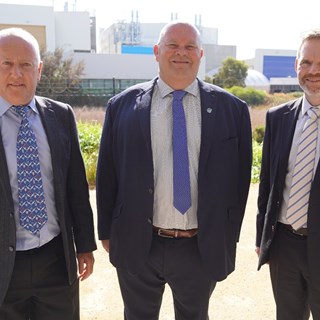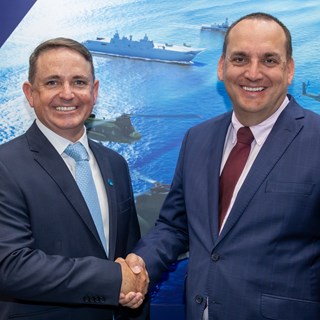Owned and operated by Norwegian multinational energy company Equinor ASA, the Aasta Hansteen is the world’s largest floating cylindrical spar platform and is taller than the Eiffel Tower. Moored to the seabed 300 kilometres west of Sandnessjøen, Norway, it is a deep field development (up to 1300m) in a harsh environment on the Norwegian Continental Shelf and the first to deploy highly robust Steel Catenary Risers (SCRs) that transport gas from the wellhead to the surface.
BMT’s industry-leading solution includes an innovative suite of strain, motion and position sensors deployed by remotely operated underwater vehicles to monitor the SCRs’ integrity, responses in the touchdown zone, and interaction with the Spar’s FPSO pull tube.
The data collated by our unique monitoring system requires a great deal of intensive computation and is critical in validating the Spar and SCR designs and making them more efficient.
Our efforts helped Aasta Hansteen plan specific maintenance activities and helped to significantly improve the potential to extend the useful life of this world-class spar platform safely.
Photo credit: Roar Lindefjeld/Bo B
